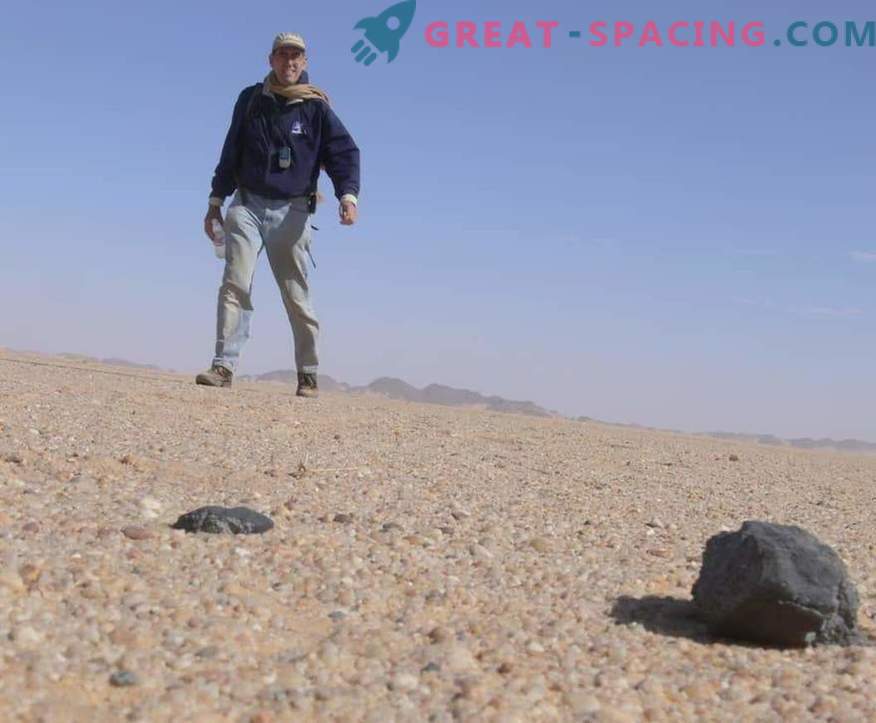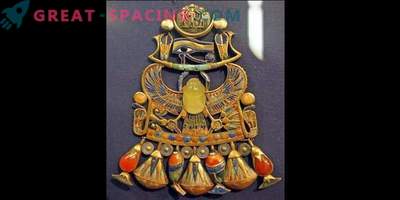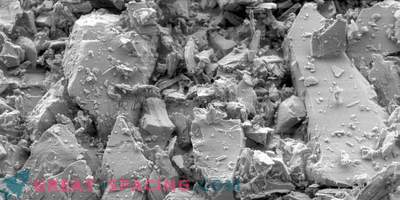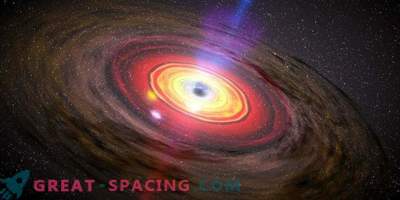
In 2008, astronomer Richard Kowalsky studied the sky in Tucson, Arizona, and discovered the asteroid 2008 TC3 flying through the Earth’s atmosphere. After 12 hours, the object exploded over Sudan, breaking into 600 meteorites that scattered on the territory of the Nubian desert.

Meteorite blast trail
Many of the recovered meteorites were classified as ureilites - rare stony meteorites capable of containing nanodiamonds. Recently, researchers have discovered that some of these diamonds point to a “lost planet” that originated in the early solar system.
New results confirm the theory that large protoplanets (from the size of the Moon to Mars) served as building blocks for the creation of existing terrestrial planets. Previously, it was never possible to detect the relics of these protoplanets. Although there are suspicions that Ceres, Pallas and Vesta are remnants of the surviving small protoplanets.

Fragment 2008 TC3 in the Nubian Desert of Sudan
The previous theories suggested that ureilites could be potential remnants of protoplanets, which, due to collisions and radioactive decay, led to the formation of terrestrial planets, like Earth and Mars. But the researchers could not prove it.
In a new study, scientists focused on diamonds inside the ureilites. As earth diamonds catch minerals that reveal information about the environment in which they are formed, it has been suggested that meteorite diamonds will be the key to understanding the past. Using electron microscopy and electron spectroscopy, scientists investigated the kinetic energy of a meteorite, the distribution of electrons and the internal structure of crystalline inclusions. The composition and mineralogy of the samples showed that diamonds should have been formed at pressures above 20 gigapascals. Such a high level of pressure is explained only by the fact that diamonds were created in a protoplanet with a size from Mercury to Mars.

NWA 4231 - another ureylitovy meteorite
This discovery speaks in favor of the fact that concrete ureylites originated from the mantle of the parent body, destroyed after a collision in the first 10 million years of the Solar system.
Researchers believe that protoplanets were common in the early period. They had to accrete to create large planets, collided with the Sun, or were pushed out of the solar system.
The protoplanet, which gave rise to meteorites from the Nubian desert, most likely collapsed after a collision with a large object, recalling the scenario of the formation of the Earth's Moon.











































